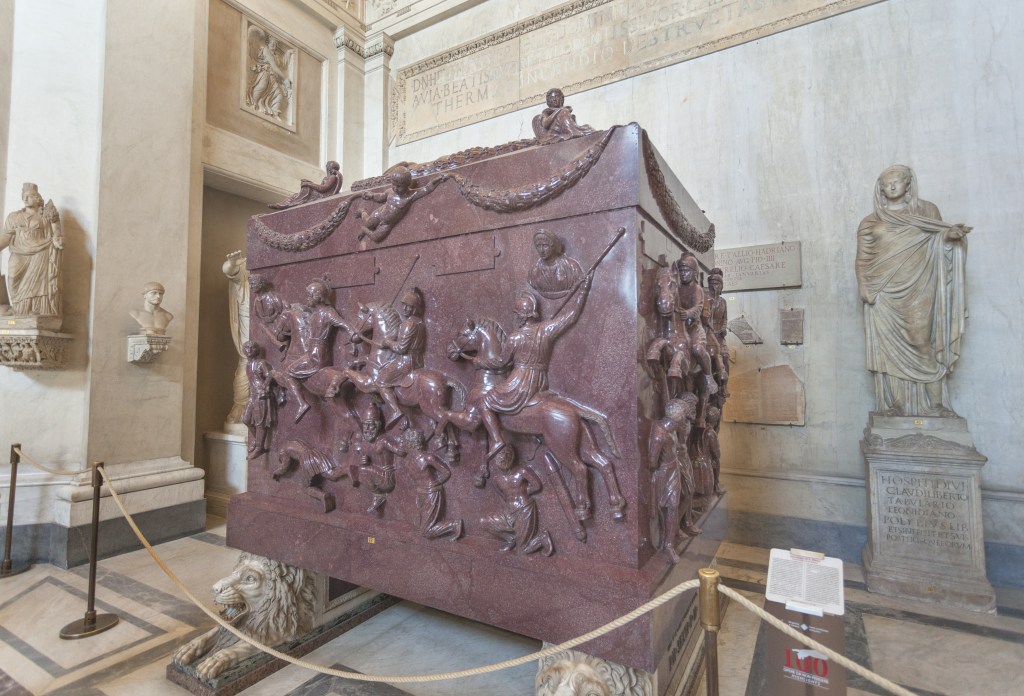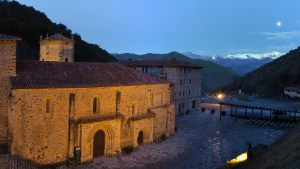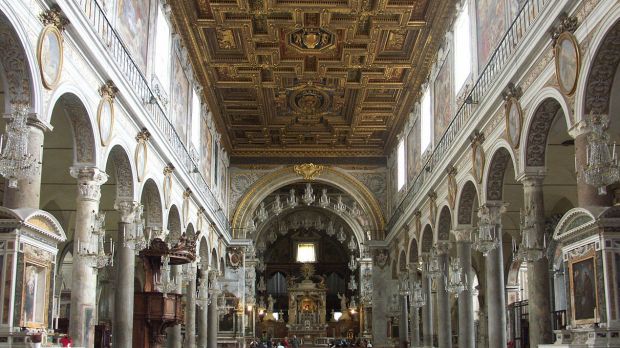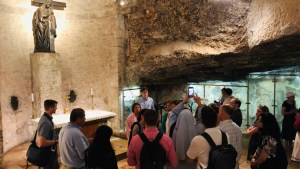Helena, also known as St. Helena of Constantinople, is one of the most prominent figures in Christian history. Flavia Julia Helena, born around the year 246 and died circa 330 in the Greek city of Drepanon in Asia Minor (later renamed Helenopolis in her honor), was an Augusta (an imperial honorific title given to either empresses or honored women in the imperial families) of the Roman Empire, and mother of Emperor Constantine the Great. She is revered as a saint in the Eastern Orthodox Church, Catholic Church, Oriental Orthodox Churches, and Anglican Communion.
One of the most interesting passages of St. Helena’s biography is her journey to the Holy Land. In her later years, she embarked on a pilgrimage to Jerusalem. Her quest led, according to tradition, to the discovery of the True Cross.
It is believed that after Jesus’ death, the cross he was crucified on was hidden in a ditch, covered with stones so that the early Christians would not be able to venerate it. In the years that followed, a shrine to Venus was built upon the same site, most likely during the reign of the Emperor Hadrian.
But there were Christians who knew where the true cross was hidden and had passed down that information over the centuries. One such person, a man named Judas, felt compelled to tell St. Helena where the relics of the true cross were buried. The man dug out three crosses and brought them to her. She ordered the construction of the Church of the Holy Sepulchre on the site where these crosses were found.
Now, Helena’s sepulchre has an interesting story of its own.
The Mausoleum of St. Helena, located near the Vatican in Rome, was originally built to honor her memory and preserve her relics. But the sarcophagus has been deprived of its original contents for centuries: Helena’s remains were replaced in the sarcophagus with those of Pope Anastasius IV in the mid-12th century.
The Mausoleum is circular and is made up of two cylinders, the upper one being of smaller diameter. Whereas its original height was of about 25 meters (82 feet), today it has reduced to some 18 meters. Internally, the lower cylinder is an octagon. Niches are found in the vertexes, alternatively rectangular and semicircular. One of these niches housed the entrance and, most likely, contained the sarcophagus of Helena, in red porphyry. But it was not originally hers either.

The sarcophagus is no longer in the Mausoleum, though. Its external walls (those of the sarcophagus, that is) are decorated with war scenes – not the kind of décor you would expect for Helena. The sarcophagus was probably originally to be used for her son, the emperor Constantine.
The sarcophagus was removed from the Mausoleum and ultimately moved to the Vatican museums in the 18th century. It is now in the Sala a Croce Greca of the Pio-Clementine Vatican Museum. Helena’s remains were moved to Santa Maria in Ara Coeli, a titularbasilica in Rome, located on the highest summit of the Campidoglio. This is still the designated church of the city council of Rome, which uses the ancient title of Senatus Populusque Romanus. In it, several relics from the Holy Sepulchre itself are also housed, next to the resting place of the woman who found it.



